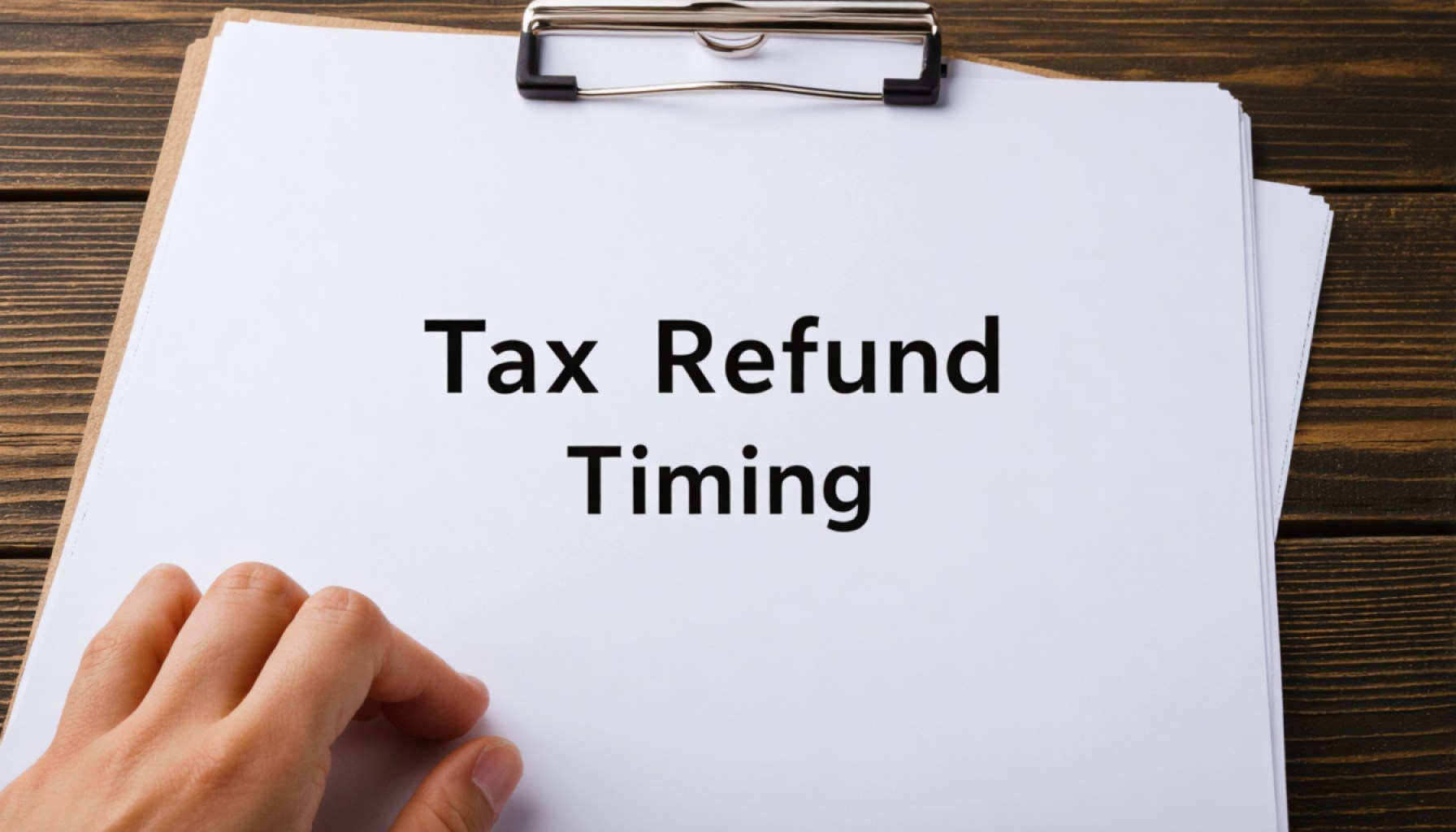- Filing early in the tax season and choosing e-filing can expedite the refund process, with the IRS generally issuing refunds within 10 to 21 days.
- Refunds may be delayed for those claiming the Earned Income Tax Credit or Child Tax Credit, due to additional verification requirements.
- Complex tax situations involving capital gains, cryptocurrencies, or foreign assets may benefit from professional assistance, such as CPAs, to ensure accuracy and uncover potential deductions.
- The IRS provides digital tools like the “Where’s My Refund?” tracker and IRS2Go app to help taxpayers check their refund status.
- The approach of the April 15 deadline emphasizes the importance of preparedness and professional guidance to navigate tax challenges effectively.
The annual ritual of tax season descends upon us, its arrival as certain as blossoming spring flowers but often less welcome. As the IRS opens its gates to receive returns, anticipation builds among taxpayers eager to see their refunds mature into fruition. Yet, navigating the timeline of when refunds arrive can feel like decoding a secret message etched into the tax code’s margins.
A multitude of factors swirl into this mix, each influencing the moment your refund might grace your bank account. Filing as early as possible is a surefire way to sprint toward a quicker refund, yet patience is still a virtue. The IRS typically releases refunds within 10 to 21 days for e-filed returns, whisking payments into accounts with precision. However, claimants of the Earned Income Tax Credit or Child Tax Credit should brace for potential delays. Verifying these credits takes time, turning a quick jog into a slow slog.
For those immersed in the complexity of capital gains, cryptocurrencies, or foreign assets, reaching out to professionals like CPAs can be a beacon of clarity. They unravel the tax labyrinth with expertise, ensuring not just accuracy, but perhaps even uncovering golden opportunities for deductions you never knew lurked in the shadows.
As April 15 approaches, let the certainty of the unknown guide you. The IRS offers digital tools, like the “Where’s My Refund?” tracker and the IRS2Go app, illuminating the path with up-to-date statuses of your expected financial bloom. Filing early, choosing e-filing over snail mail, and seeking professional counsel remain trusted companions on this annual expedition.
So, as paperwork piles up, take a breath. With diligence and a bit of guidance, the mystery of when your refund arrives transforms from a stressor to a strategic revelation.
Unlocking the Secrets of Tax Refund Timing: Expert Tips and Real-World Insights
How To Maximize Your Tax Refund: Steps and Life Hacks
1. E-File Your Return: Filing electronically speeds up the process significantly. According to the IRS, e-filed returns are processed faster, often delivering refunds within 21 days.
2. Opt for Direct Deposit: Combine e-filing with direct deposit to receive your refund the quickest way possible.
3. File Early: Begin as soon as you have all necessary forms and documentation. Early filers tend to experience fewer delays.
4. Double-Check Your Information: Ensure all personal information, such as Social Security numbers and bank account details, are accurate to avoid errors that can delay your refund.
5. Use the IRS “Where’s My Refund?” Tool: This tool provides up-to-date information about your refund status. It’s available 24 hours after e-filing or four weeks after mailing a paper return.
Real-World Use Cases
– For Families with Dependents: Make sure to verify eligibility for the Earned Income Tax Credit (EITC) and Child Tax Credit (CTC). Note that these credits might delay your refund as the IRS performs additional verification.
– Cryptocurrency Investors: Taxpayers dealing with cryptocurrencies or other complex assets should consult with a CPA to ensure compliance and explore potential deductions.
Market Forecasts & Industry Trends
With increased digitization, tools like AI-driven software for tax preparation are on the rise. Companies offering tax services, such as TurboTax and H&R Block, are expected to integrate more advanced features for handling cryptocurrencies and foreign assets.
Reviews & Comparisons
– TurboTax vs. H&R Block: TurboTax offers a user-friendly interface and extensive online support, ideal for straightforward filings. H&R Block provides in-person assistance with a vast network of offices.
Controversies & Limitations
– Privacy Concerns: Ensure that any third-party tax software or service adheres to strict privacy policies to protect your sensitive information.
– Credit Delays: Claimants of EITC and CTC may face refund delays as the IRS performs additional checks.
Features, Specs & Pricing
– Pricing: Online tax services like TurboTax start at around $60 for federal returns. CPA services can be more costly, but often worthwhile for complex tax situations.
Security & Sustainability
– Data Protection: When using e-filing services, ensure they offer secure encryption to protect your data.
– Sustainability: Opt for e-filing over paper filing to reduce your carbon footprint.
Insights & Predictions
As the IRS continues to enhance its digital infrastructure, expect faster processing times and more robust online tools in the future. Future tax seasons might also see more sophisticated AI-driven solutions that simplify the filing process.
Actionable Recommendations
– Start Early: Gather your necessary tax documents as soon as possible.
– Stay Informed: Regularly check the IRS website or app for updates on your refund status.
– Seek Professional Help: For complex returns, investing in a CPA can be financially beneficial.
– Avoid Refund Anticipation Loans: These loans might seem convenient but often come with high fees and interest rates.
Quick Tips for Immediate Application
– Set up and verify any necessary online accounts, such as those provided by your tax software and financial institutions.
– Review IRS updates and frequently asked questions annually for the latest changes in tax laws.
By applying these strategies, you can navigate tax season with greater confidence and efficiency. For more information on tax-related tools and services, you can visit the IRS’s official website at IRS.
Remember, the key to a stress-free tax season lies in preparation and making informed decisions. Happy Filing!
